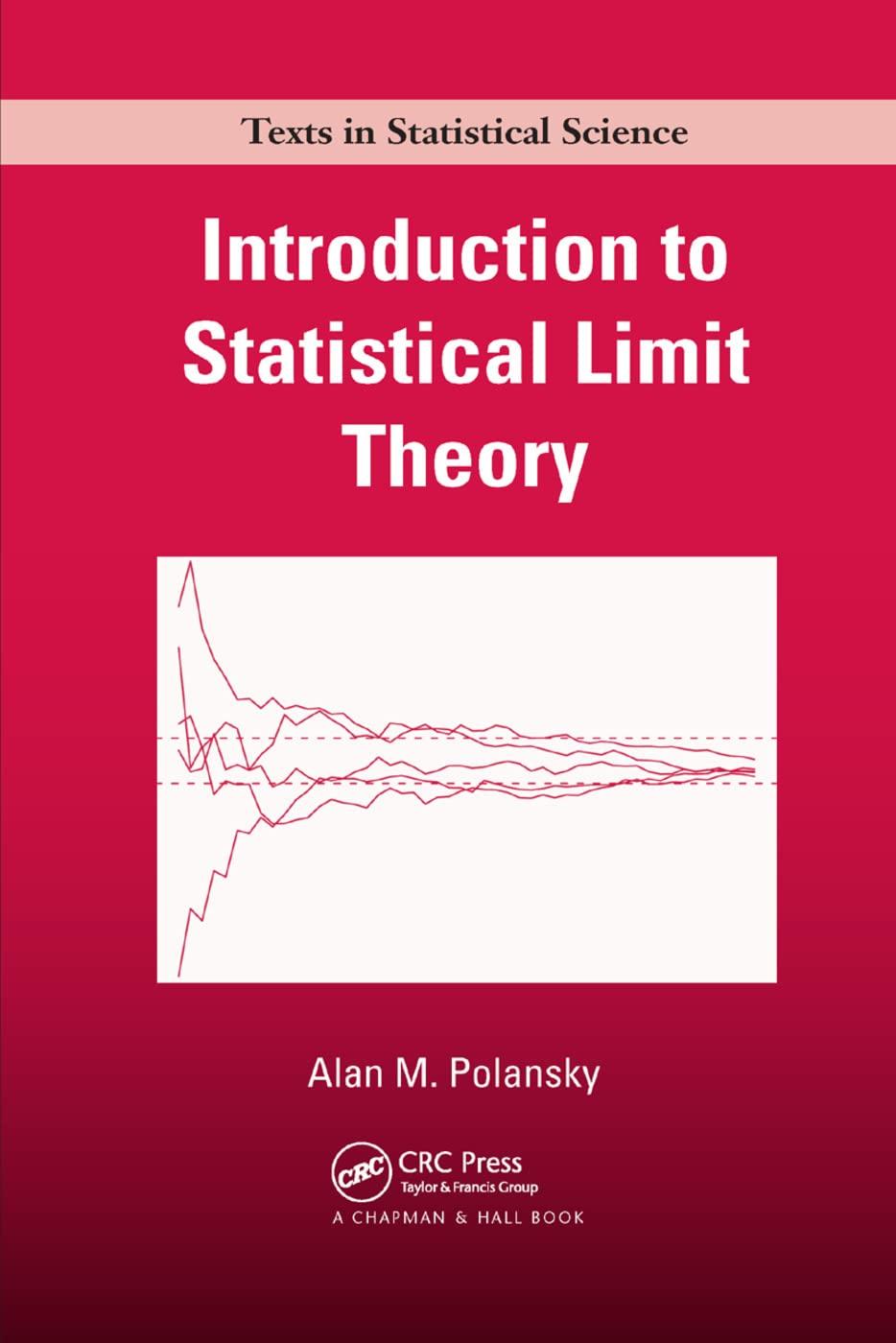Suppose that (X_{1}, ldots, X_{n}) is a set of independent and identically distributed random variables from a
Question:
Suppose that \(X_{1}, \ldots, X_{n}\) is a set of independent and identically distributed random variables from a continuous distribution \(F\). Let \(\xi \in(0,1)\) and define \(\theta=F^{-1}(\xi)\), the \(\xi^{\text {th }}\) population quantile of \(F\). To compute a confidence region for \(\theta\), let \(X_{(1)} \leq X_{(2)} \leq \cdots \leq X_{(n)}\) be the order statistics of the sample and let \(B\) be a \(\operatorname{Binomial}(n, \xi)\) random variable. The usual point estimator of \(\theta\) is \(\hat{\theta}=X_{\lfloor n pfloor+1}\) where \(\lfloor xfloor\) is the largest integer strictly less than \(x\). A confidence interval for \(\theta\) is given by \(C(\alpha, \boldsymbol{\omega})=\left[X_{(L)}, X_{(U)}ight]\), where \(L\) and \(U\) are chosen so that \(P(B a. Derive an observed confidence level based on this confidence interval for an arbitrary interval subset \(\Psi=\left(t_{L}, t_{U}ight)\) of the parameter space of \(\theta\). b. Derive an approximate observed confidence level for an arbitrary interval subset \(\Psi=\left(t_{L}, t_{U}ight)\) of the parameter space of \(\theta\) that is based on approximating the BINOMIAL distribution with the NORMAL distribution when \(n\) is large.
Step by Step Answer:






